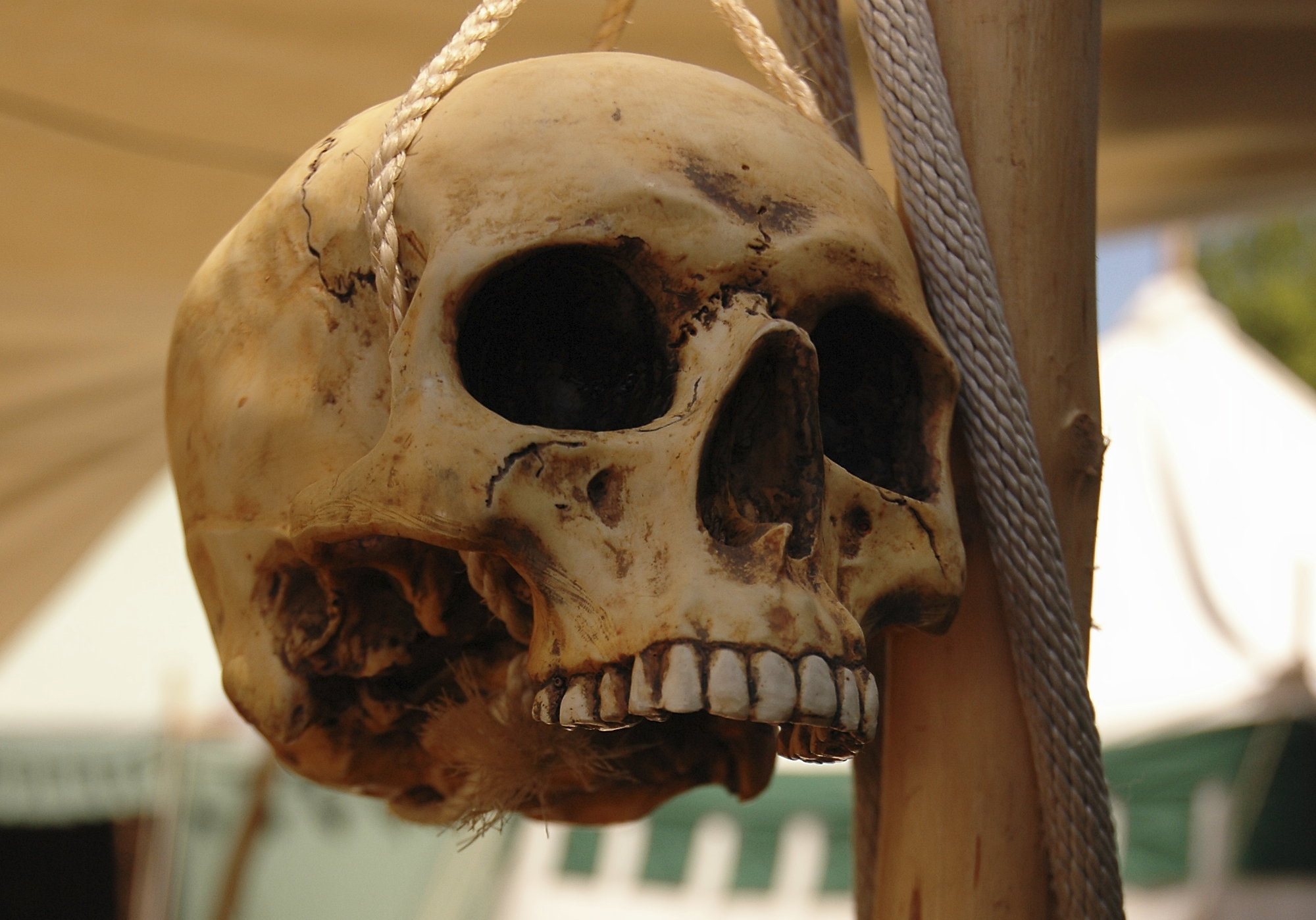The key to curing dementia may lie with a brain-eating tribe in Papua New Guinea


Dementia is a big problem that's little understood, and cases of Alzheimer's disease and other types of dementia are only going to balloon as people live longer. Researchers report in the journal Nature that they have identified a genetic mutation in the brain that appears to protect people from prion diseases like Creutzfeldt-Jakob disease (CJD). But prions, or misshapen proteins, are also believed to play a big role in dementia diseases like Alzheimer's and neurodegenerative disorders like Parkinson's.
The British and Papua New Guinean researchers looked at the Fore people of Papua New Guinea, who apparently developed their prion resistance during an outbreak of kuru, a CJD-like prion disease spread by a mostly abandoned practice of eating a relative's brain and nervous system at the funeral. At its peak in the 1950s, kuru killed about 2 percent of the Fore population each year. Some Fore people developed a protective mutation in codon 127 of the prion protein, the researchers say, and it makes them completely resistant to all forms of CJD.
"This is a striking example of Darwinian evolution in humans, the epidemic of prion disease selecting a single genetic change that provided complete protection against an invariably fatal dementia," said John Collinge, a prion researcher at University College London who led the study. The team is now researching the mutant protein's molecular structure, hoping to find helpful clues to understanding and curing prion diseases that cause dementia and other neural problems.
Subscribe to The Week
Escape your echo chamber. Get the facts behind the news, plus analysis from multiple perspectives.

Sign up for The Week's Free Newsletters
From our morning news briefing to a weekly Good News Newsletter, get the best of The Week delivered directly to your inbox.
From our morning news briefing to a weekly Good News Newsletter, get the best of The Week delivered directly to your inbox.
A free daily email with the biggest news stories of the day – and the best features from TheWeek.com
Peter has worked as a news and culture writer and editor at The Week since the site's launch in 2008. He covers politics, world affairs, religion and cultural currents. His journalism career began as a copy editor at a financial newswire and has included editorial positions at The New York Times Magazine, Facts on File, and Oregon State University.
-
 The Week contest: Flight fraud
The Week contest: Flight fraudPuzzles and Quizzes
-
 Is Trump sidelining Congress' war powers?
Is Trump sidelining Congress' war powers?Today's Big Question The Iran attack renews a long-running debate
-
 6 productivity-ready homes with great offices
6 productivity-ready homes with great officesFeature Featuring an office with a gas fireplace in Oregon and a shared workspace with wraparound windows in Massachusetts
-
 Nobody seems surprised Wagner's Prigozhin died under suspicious circumstances
Nobody seems surprised Wagner's Prigozhin died under suspicious circumstancesSpeed Read
-
 Western mountain climbers allegedly left Pakistani porter to die on K2
Western mountain climbers allegedly left Pakistani porter to die on K2Speed Read
-
 'Circular saw blades' divide controversial Rio Grande buoys installed by Texas governor
'Circular saw blades' divide controversial Rio Grande buoys installed by Texas governorSpeed Read
-
 Los Angeles city workers stage 1-day walkout over labor conditions
Los Angeles city workers stage 1-day walkout over labor conditionsSpeed Read
-
 Mega Millions jackpot climbs to an estimated $1.55 billion
Mega Millions jackpot climbs to an estimated $1.55 billionSpeed Read
-
 Bangladesh dealing with worst dengue fever outbreak on record
Bangladesh dealing with worst dengue fever outbreak on recordSpeed Read
-
 Glacial outburst flooding in Juneau destroys homes
Glacial outburst flooding in Juneau destroys homesSpeed Read
-
 Scotland seeking 'monster hunters' to search for fabled Loch Ness creature
Scotland seeking 'monster hunters' to search for fabled Loch Ness creatureSpeed Read
